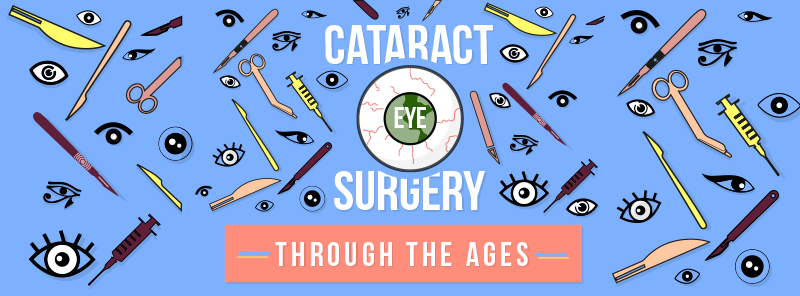Content Develop By-McKay Frye
As a parent, you play a vital function in your kid's health and wellness, especially when it involves their vision. You could observe particular habits that could indicate a need for an eye exam. Scrunching up your eyes, constant eye massaging, or grievances of headaches can be greater than just minor aggravations. Understanding these indicators is necessary for your kid's development. So, what should you seek next? Allow's check out the usual signs and symptoms that can indicate a vision trouble.
Common Signs of Vision Problems in Children
When you notice your youngster struggling with day-to-day activities, it could be a sign of vision issues.
Look for symptoms like squinting, rubbing their eyes regularly, or tilting their head to see better. If they've difficulty reading or seem to lose their area often, that's one more indication.
You might additionally see them whining regarding frustrations or experiencing eye strain after prolonged durations of reading or making use of screens.
In addition, if your youngster avoids tasks that require good vision, like sporting activities or attracting, it deserves focusing on.
Watch for any uncommon habits, as these indicators can point to underlying vision issues that require professional evaluation.
Early discovery can make a huge difference in their visual advancement.
Age-Specific Vision Milestones to Screen
Every moms and dad must watch on their youngster's vision advancement as they grow.
At around 6 months, your baby needs to start tracking relocating items. By age 1, they must be able to focus on and acknowledge acquainted faces.
In between 2 and 3 years, search for renovations in hand-eye control, like stacking blocks or throwing a round.
By age 4, youngsters should have the ability to recognize shapes and colors, and they could start to acknowledge letters.
If your child battles with these milestones, it's important to bear in mind. Checking their progression aids you capture potential problems early, guaranteeing they obtain the vision care they require for an intense future.
Stay proactive regarding their vision health!
When to Set Up an Eye Test for Your Kid
Checking your child's vision development is necessary, yet understanding when to set up an eye exam is equally as vital. The American Academy of Ophthalmology suggests your kid have their first eye examination at 6 months old.
After that, timetable follow-ups at age 3 and once more before they begin college. If your kid reveals indicators of vision concerns-- like squinting, difficulty reading, or headaches-- don't wait on the next scheduled visit.
In addition, if there's a family history of eye issues, aggressive tests are essential. Keep an eye on any changes in their vision or behavior, and count on your impulses.
Regular examinations can aid catch potential issues early, guaranteeing your kid has the best possibility for healthy sight.
Verdict
In conclusion, remaining alert to your youngster's visual habits is necessary for their eye wellness. If https://www.google.com/maps/place/Pediatric+Eye+Specialists/data=!4m2!3m1!1s0x0:0x8bea6662a7fc5d0f?sa=X&ved=1t:2428&ictx=111 discover any indicators like squinting, eye massaging, or trouble with reading, do not be reluctant to set up an eye test. Keep in mind, early detection can make a substantial distinction in their aesthetic growth. Trust your reactions as a moms and dad, and ensure your kid gets the care they require to thrive. click this site -ups can aid maintain their eyes healthy for several years to come.

